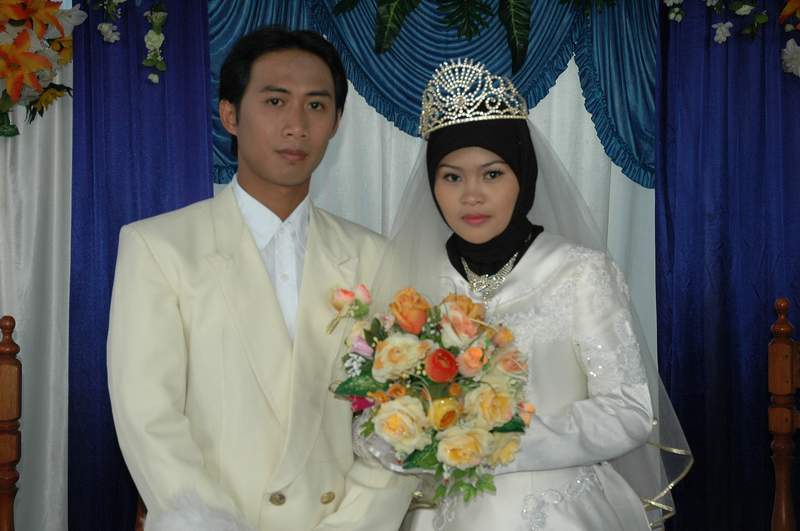Muslim Weddings in Oman
Oman is unique amongst Muslim countries as the practicing followers of Islam in the nation subscribe to the Al-Ibadiyyah denomination rather than the Sunni or Shi’a denominations. In marriage, this means that Omani Muslims are not permitted to marry partners who subscribe to other religions, even Judaism or Christianity, which other denomination permit. There are several other areas wherein the Omani Muslim marriage and ceremony differs from traditional Muslim practices:
• Males and females are allowed to choose their own marriage partners.
• A matchmaker or family member is not the person who determines the arrangement.
Before the wedding
As Muslims in Oman live in a society where the sexes are totally segregated, the process of choosing a bride for a young man can be tricky. In order to determine the suitability of a young woman, the young man will consult with a close female relative. Alternatively, or if he wishes to wed a girl from another location, he may ask for the help and opinions of a merchant or neighbor.
Before the prospective groom meets the bride formally, he must ask her family’s permission to see her. If they consent, a meeting is arranged wherein the girl serves a meal to members of the man’s family. If the girl is deemed appropriate, negotiations will take place between the groom or the groom’s father, in order to decided upon the bride price (mahr) that the man will pay. This price is based on the beauty of the girl, her ancestry, and whether or not she is a virgin. Men who select a bride whose family is of higher status than their own must pay a higher price; while marrying a relative may cost the groom nothing at all.
After the price has been agreed upon, the groom and the bride’s father will sign the contract at the office of an Omanian judge. The bride is not present for this procedure.

The separation of the sexes
As mentioned earlier, total separation of the sexes is a way of life in Oman, and this continues throughout the wedding proceedings.
• The groom’s family will remain together in a celebration that may last up to three days.
• The bride’s family will celebrate for one or two days, and during this time the bride will stay in a room with any children.
On the last day of celebrations, the men of the groom’s family will travel to the house of the bride’s family in cars or on camels, while the women follow behind. The men wait while the bride is dressed in her most beautiful clothes, usually including a green headdress and lots of traditional jewelry bought by her father. The bride is then accompanied by the women of her family to the groom and his party. Many people from the bride’s house follow the party back to the groom’s house, where they join in the festivities.
The ceremony
At the groom’s house, the parties are once again separated, the bridal party is served food and entertained, while the groom is stripped and shaved, then re-dressed in his finest clothes, including a green sash. The green on both the bride and the groom is expected to bring good fortune.
After the traditional ceremony, the bride and groom will go to the nuptial hut, which has been constructed by the friends of the groom. This honeymoon may last for up to one week, and the couple remains unpressed by duties at this time. They are also given an egg to crack with their feet, in order to promote fertility.


